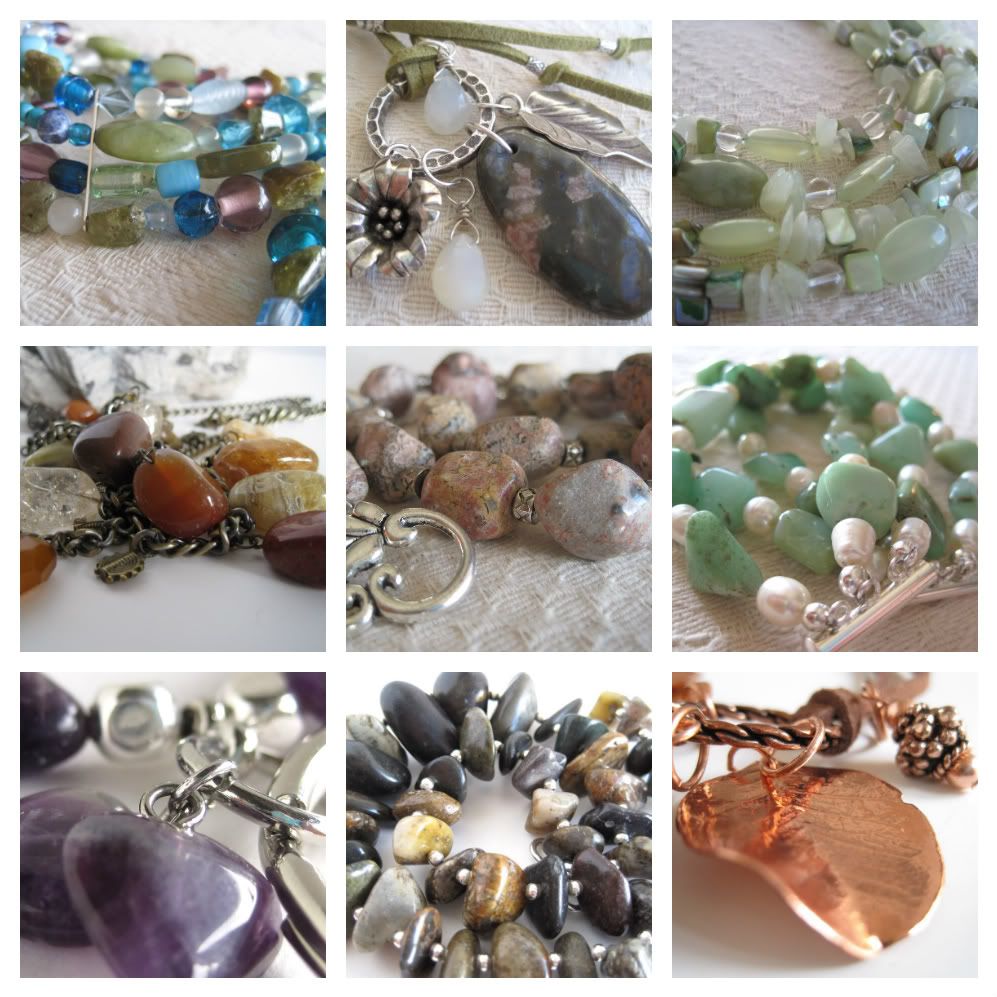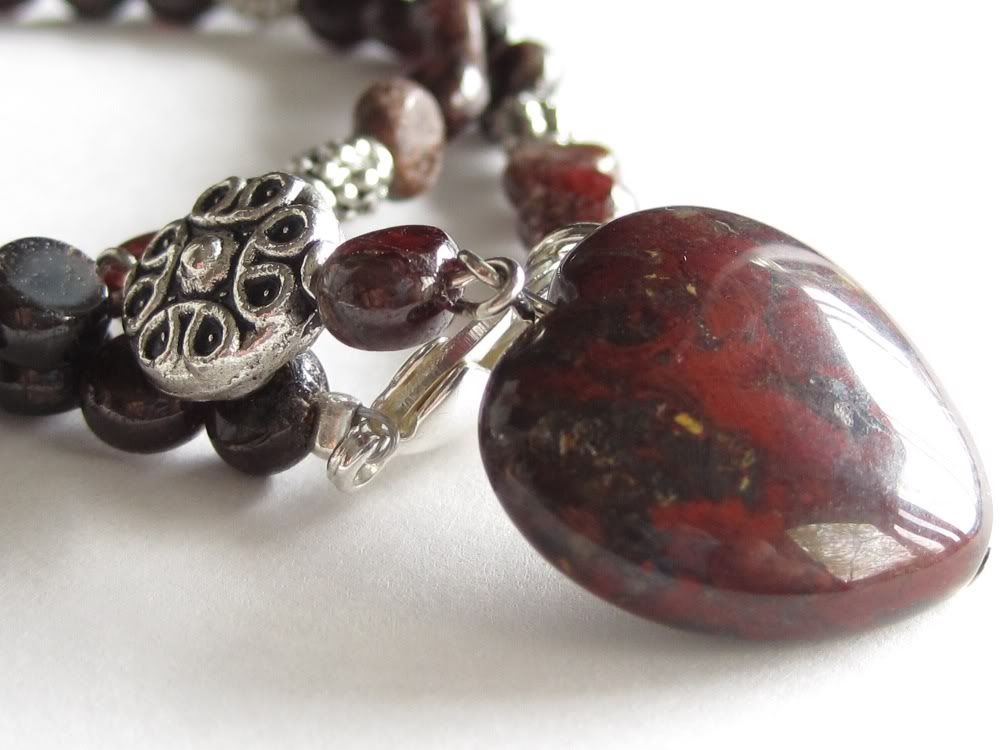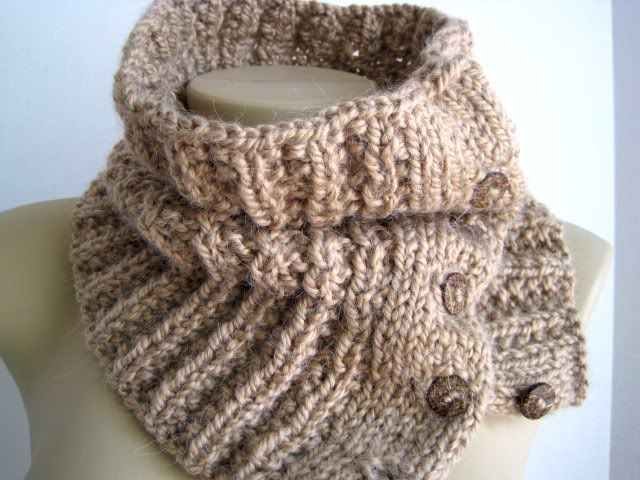There are many, many good knitters out there. Good enough to spend the time making an entire garment only to fall short of really finishing it. Binding off and sewing up the seams do not a finished piece of work make! The most important step has yet to be taken. Blocking. Plain and simple. This final process can take your misshapen, uneven and somewhat crumply garment to fun and fabulous. Blocking relaxes the stitches, making them more uniform and straightens out the edges to a smooth finished look.
Here is any easy blocking process for simple projects that works every time!
The first photo shows you the tools you will need to complete this process. They are not ALL necessary, but they do make life easier and because I block so many garments, I have invested in them.
 1- Foam press together mats. These can be connected to make any shape or size. You can also use a thick yoga mat, your bed or a carpeted floor that is not in an often used area. Be sure to put a towel or sheet down first to protect the surface and keep your work clean.
2- A tape measure or ruler
3- Large sturdy pins. Be sure they are rust proof!
4- Blocking wires. These are the ultimate in blocking tools as far as I am concerned, but you really don't need them if you do not block a lot.
1- Foam press together mats. These can be connected to make any shape or size. You can also use a thick yoga mat, your bed or a carpeted floor that is not in an often used area. Be sure to put a towel or sheet down first to protect the surface and keep your work clean.
2- A tape measure or ruler
3- Large sturdy pins. Be sure they are rust proof!
4- Blocking wires. These are the ultimate in blocking tools as far as I am concerned, but you really don't need them if you do not block a lot.
 Begin by soaking the item to be blocked in lukewarm water. If you are fortunate to have a washer that has a gentle or hand wash cycle on it, you can spin out your wet garment in a mesh bag. I said SPIN only! Do not add water with a rinse cycle here. If you don't have this cycle, don't fret. Just roll the piece in a layer of towels. The idea is to remove as much moisture as you can so drying doesn't take forever.
Begin by soaking the item to be blocked in lukewarm water. If you are fortunate to have a washer that has a gentle or hand wash cycle on it, you can spin out your wet garment in a mesh bag. I said SPIN only! Do not add water with a rinse cycle here. If you don't have this cycle, don't fret. Just roll the piece in a layer of towels. The idea is to remove as much moisture as you can so drying doesn't take forever.
 Next you will need to have an idea of the finished size you need to get to. Here you see the damp pieces laying on the foam board.
Now I carefully inset the long blocking wires into the straight edges of my neck warmer, weaving in and out gently between the stitches. Then I stretch a bit to get to the correct length measurement, and pin to the board at intervals to hold it down.
If you are not using blocking wires, begin at one end and pin the garment to the board. Stretch gently until you have the right length and put a pin in the opposite end. Continue pinning along as straight as possible, dispersing the stitches as evenly as you can until the entire side is pinned down. If you are working on carpet or your bed make sure to pin through enough so the pins grip.
Now, insert a wire across the top edge in the same manner. If you are pinning without wires, you will need to stretch the garment to the width you need here before you start to pin. Measure up from the center of the bottom edge to the desired width and pin. Then measure the correct width up from both the left and right edge to the top edge and pin. Continue from the center point out on each side gently and evenly stretching along as you pin. You should now have two parallel straight edges pinned to the board at the correct finished width apart and at the correct length.
Back to the wire users...Gently stretch the top wire across to the desired width and pin to the board along the length of the wire. Check your measurement at intervals as you go.
Next you will need to have an idea of the finished size you need to get to. Here you see the damp pieces laying on the foam board.
Now I carefully inset the long blocking wires into the straight edges of my neck warmer, weaving in and out gently between the stitches. Then I stretch a bit to get to the correct length measurement, and pin to the board at intervals to hold it down.
If you are not using blocking wires, begin at one end and pin the garment to the board. Stretch gently until you have the right length and put a pin in the opposite end. Continue pinning along as straight as possible, dispersing the stitches as evenly as you can until the entire side is pinned down. If you are working on carpet or your bed make sure to pin through enough so the pins grip.
Now, insert a wire across the top edge in the same manner. If you are pinning without wires, you will need to stretch the garment to the width you need here before you start to pin. Measure up from the center of the bottom edge to the desired width and pin. Then measure the correct width up from both the left and right edge to the top edge and pin. Continue from the center point out on each side gently and evenly stretching along as you pin. You should now have two parallel straight edges pinned to the board at the correct finished width apart and at the correct length.
Back to the wire users...Gently stretch the top wire across to the desired width and pin to the board along the length of the wire. Check your measurement at intervals as you go.
In this photo you can see the parallel top and bottom edges are straight and pinned to the board. If the sides of your garment are straight, pin them in the same manner as the length. Mine were curved, so I just pinned along following the curve, making sure that none of the edge stitches were curled under.
This same process can be used for a scarf. If you have a cowl, tube or infinity scarf that is double layer when laid out flat, just pin the two layers as one. A double thickness will take a while longer to dry. Drying time will depend on the room temperature or whether you are letting your project dry outdoors on a sunny day. Make sure to set up you board in an area where it can remain until completely dry.
Although this seems like a lot of work, it is well worth it as you will see when you unpin your dry garment. After one or two times this process will go quickly.
If you have any questions please feel free to leave them in the comments section and I will try to help you as much as I can.
Best Wishes and Happy Blocking!
Patty
Keep in touch with me on my Facebook Fan Page
Visit my online boutique for one of a kind jewelry designs and original hand knit accessories.


























